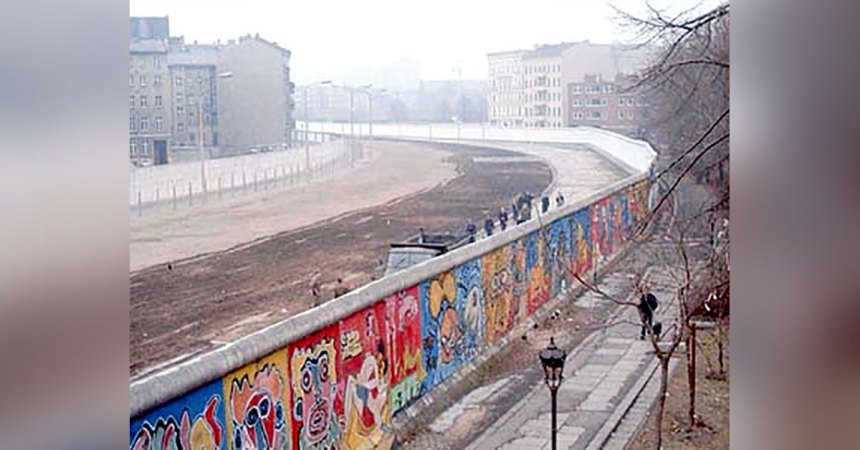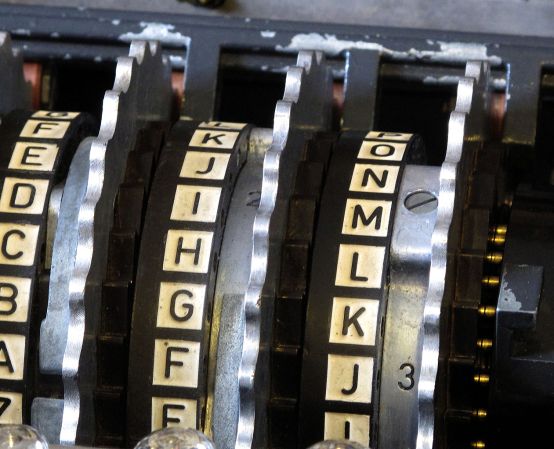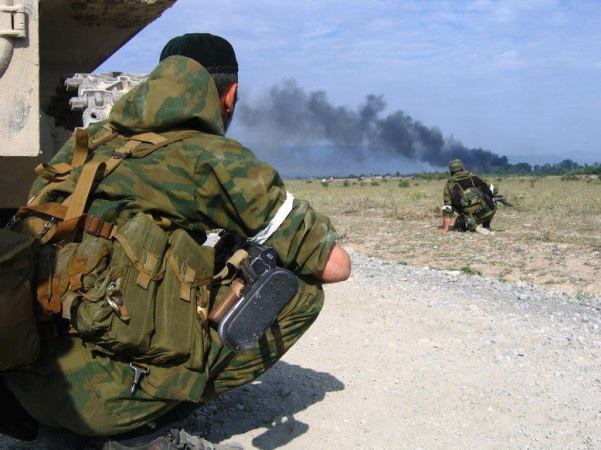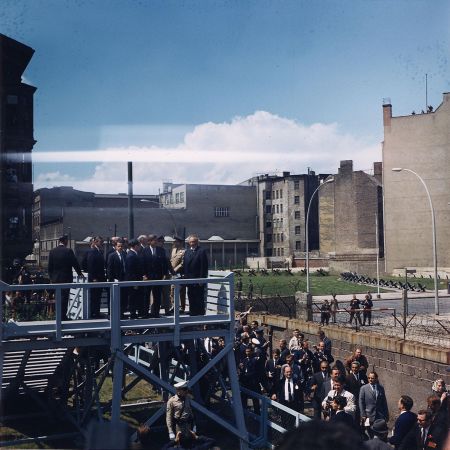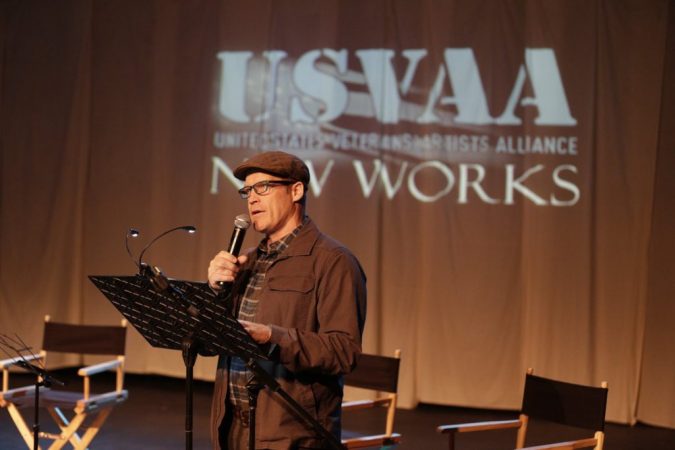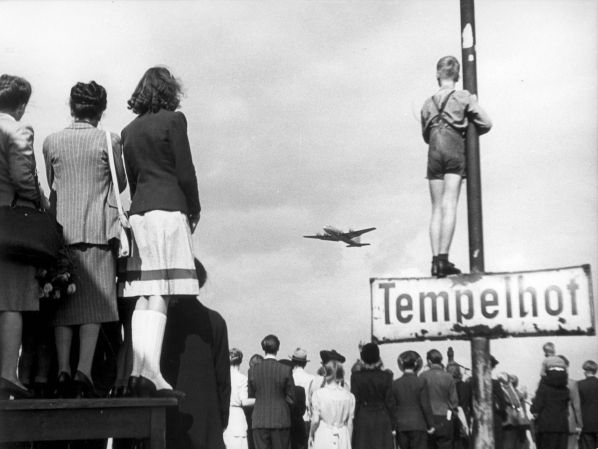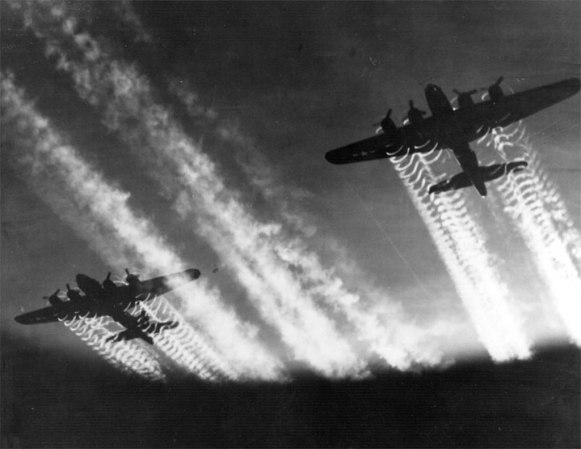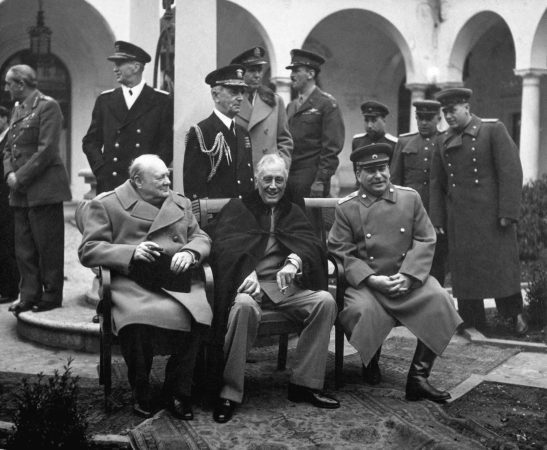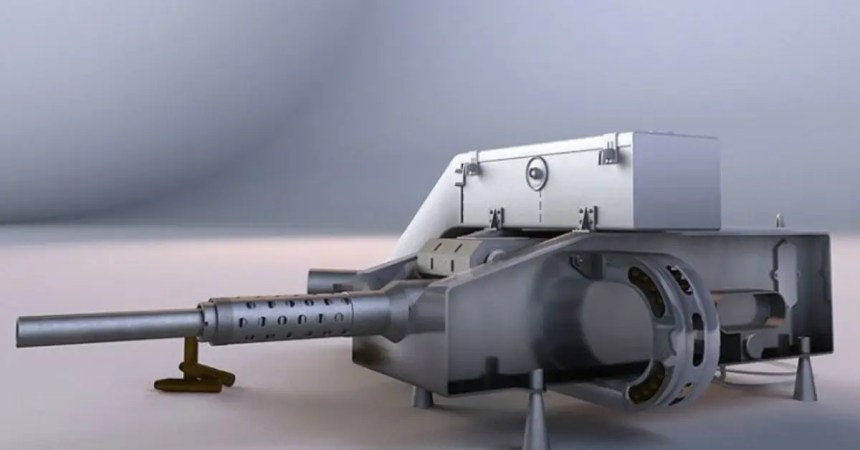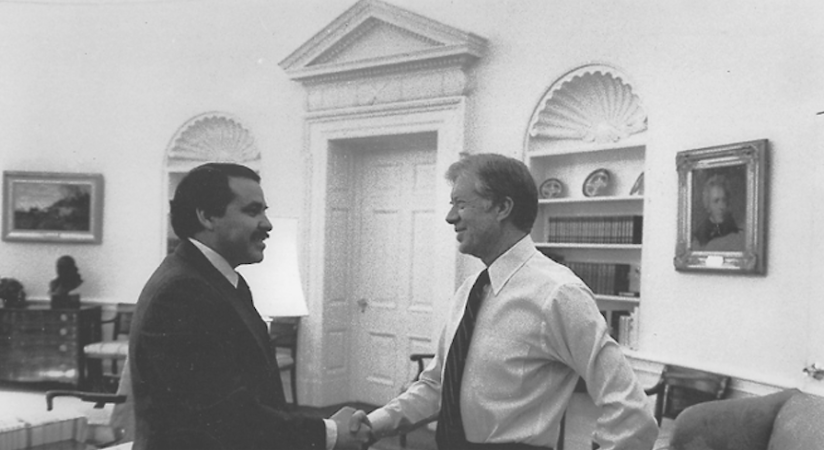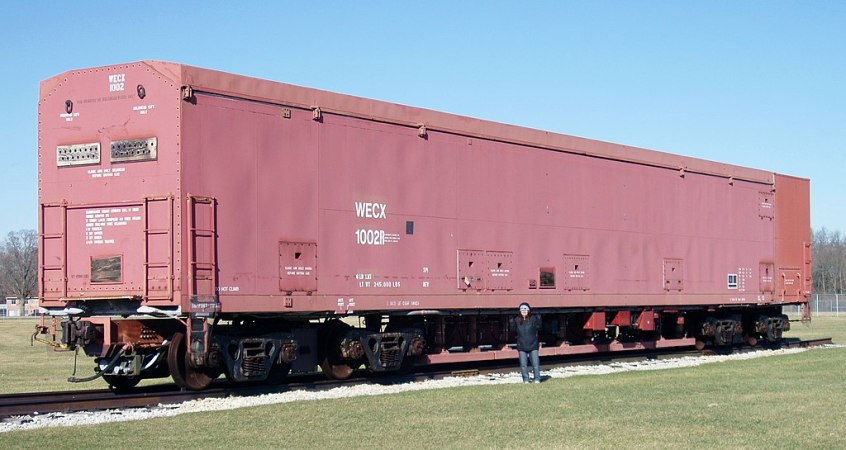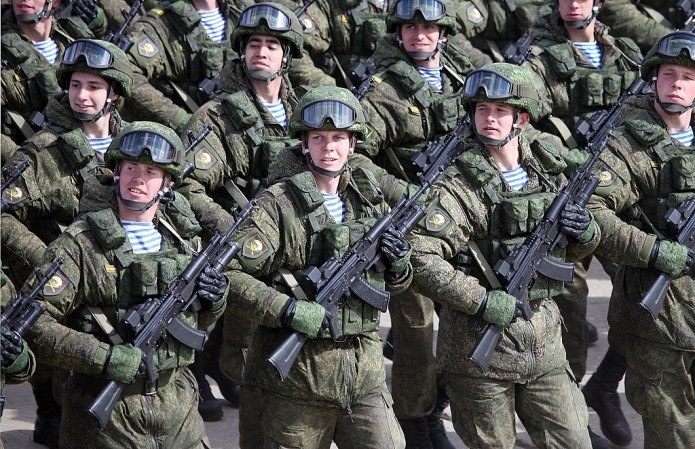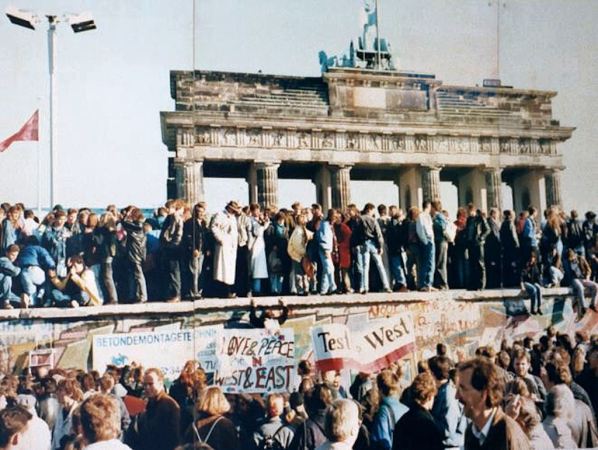During the Cold War, an Army Special Forces unit was tasked with sabotaging Soviet infrastructure and crippling an invasion force to buy NATO time should war break out. The mission was so secret that the entire thing was almost forgotten — until a few veterans of the unit stepped forward.
We spoke to two of these veterans to find out what it was like serving as clandestine soldiers in an occupied city on what was likely a suicide mission if the seemingly-imminent war ever started

U.S. and Soviet forces standoff across Checkpoint Charlie in 1961, one of the many Cold War flare-ups that occurred in occupied Berlin after World War II.
(U.S. Army)
Master Sgt. Robert Charest is a veteran of Detachment A who has started the push for recording the unit’s history. Chief Warrant Officer 4 James Stejskal is the man who literally wrote the book on Detachment A.
The specific mission of Detachment A changed over the years, but the overarching goal was always preparing to counter and stall a Soviet invasion.
“If the Soviets decided to come across Checkpoint Charlie, we would just try to slow them down so that the rest of the folks, they’d get out of Berlin and all that stuff,” said Charest while describing the mission.
This meant that Charest, Stejskal, and others assigned to the unit — which had about 90 people in it for most of its existence — had to know what infrastructure to hit and how best to reach it. They also had to maintain all of the materials and weapons needed to complete their mission.

Berlin was criss-crossed by a network of trains, like this train for travelers on the U-Bahn. Another railway ran around the outside of the city carrying heavy freight, and Detachment A members were prepared to blow up train engines on the railway in case of war.
Some of the targets were obvious, like the railroad that ran around divided Berlin.
“Around Berlin, there was a railway network, basically called the Berliner Ring,” said Stejskal. “It was that railway network that would carry the majority of the Russian forces from east to west. So, you got the guys that are on the ground already and then you got all these troops that are going to be coming from Poland and the Czech Republic and then you’re heading for the Fulda Gap.”
Shutting down the railroad would slow the Soviet advance, but the teams that made up Detachment A needed a way to do it without getting caught. The more stuff they could break before getting captured and killed, the better chance NATO forces would have in building a defensive line and eventually launching a counter attack.
So, they rigged up pieces of coal, filled with explosives. Were these ever loaded into a train, the engineer would eventually blow up his own engine, blocking the rail line with a shattered train until authorities could clean up the mess, drastically slowing reinforcements.
Other targets included factories and other centers of manufacturing, transportation, and command and control.
To supply these missions, Detachment A relied on a series of spy-like gadgets and hidden caches of conventional weapons buried deep all over West Berlin. But the targets were in East Berlin, and Detachment A had to plan on how to strike across the city and, later in the war, across the Berlin Wall, to hit targets.

Special Forces sergeant Robert Charest while assigned to operation in Berlin, clearly rocking a different grooming standard than most soldiers in the Cold War.
(Photo courtesy of Bob Charest)
This required missions deep into Soviet-held Berlin. While Detachment A members usually enjoyed relaxed grooming standards and wore civilian clothes, spying across the wall was done in uniform surprisingly often.
“You put on a uniform, shaved your hair, got in the military vehicles, went through Checkpoint Charlie, and you had access to East Berlin,” Charest said, “Alexanderplatz and stuff like this. You drove around and that was your cover story. The Russians would do the same thing in West Berlin. They had their little system. That was how we conducted surveillance of our targets.”
The men had a huge advantage when spying on the East, though. Thanks to the 1950 Lodge Act, foreign nationals could obtain U.S. citizenship after a five-year stint in the military. This allowed Detachment A to recruit people from the neighborhoods and areas where their targets were without rousing suspicions. These recruits and leaders proved invaluable.

Soviet workers build the Berlin Wall, breaking up the city and reducing Detachment A’s ability to surveil its targets.
(U.S. National Archives)
“Our commander was great,” said Stejskal. “Our commander was Czech Officer who had served in the Resistance during World War II. Our Sergeant Major was a German who had served in the German Army, sort of, at the end of World War II. Just, nothing like you could imagine.”
“… several of the guys that reconned these targets were the actual Lodge Act people that lived in Berlin and had come from Berlin,” said Charest. “They knew where these targets were and the intel, G2 and above, knew what targets would be best to slow the Soviets down if they decided to come across.”
Detachment A practiced crossing the wall, swimming through deep canals with SCUBA gear, or making their way through sewer and water pipes under the city. One recon of the sewer pipes even got a senior officer in trouble.

Allied troops in West Berlin were deep behind Soviet lines. When the Soviets attempted to cut off re-supply to those troops, America launched the massive “Berlin Airlift” to keep them alive. The airlift was a success, but it drove home for many just how vulnerable West Berlin was.
(U.S. Air Force)
“He, along with somebody else, went into the sewer system to check the situation out for crossing points, okay,” Charest said. “Well, little did he know that the CIA had these things monitored with all kinds of stuff. They triggered the alarms.”
While the plans were well laid, they still relied on brave men willing to take on huge risks to make the mission a success. After all, West Berlin was still deep inside East Germany.
“It’s a strange feeling,” said Stejskal. “We were 110 miles behind the East German border, about 12,000 allied troops inside West Berlin surrounded by close to a million Russian and Warsaw Pact soldiers. Oddly enough, I think most of us were very energized to be where we were.”
And the men had a good idea of how dangerous that situation was.

Soviet forces prepare to leave Hungary. If the Cold War had gone hot, Detachment A members, like the rest of the allied troops in Berlin, would have been outnumbered and outgunned over 100 miles from friendly forces.
(RIA Novosti Archive, CC-BY-SA 3.0)
“Well, it was basically a suicide mission,” Charest said. “If we got in and hit anything and then we had to face escape and evasion, all right? You were on your own. There was nothing set up, formally, for escape and evasion, yet. You were on your own. That’s why you spoke the language, that’s why you were familiar with the countryside. You knew, essentially, you had to get to the coast or wherever NATO withdrew to and stuff like this. But, you had nothing formal, you were on your own.”
“I think we would’ve been hard-pressed to survive more than 72 hours, but you never can tell,” Stejskal said. “How did the OSS agents feel when they parachuted France or into Yugoslavia during World War II? Same kind of feeling. You’re anticipating that you’re going in to a very bad situation, but you got the best tools, the best cover, and everything else.”
Luckily, Detachment A never had to slow a Soviet invasion, despite flare-ups, like the tank standoff at Checkpoint Charlie. Instead, they spent their time training and conducting surveillance, preparing to save American forces in a war that never came and quietly saving American lives while building the framework and doctrine for units that followed them, like SEAL Team 6 and Delta Force.






